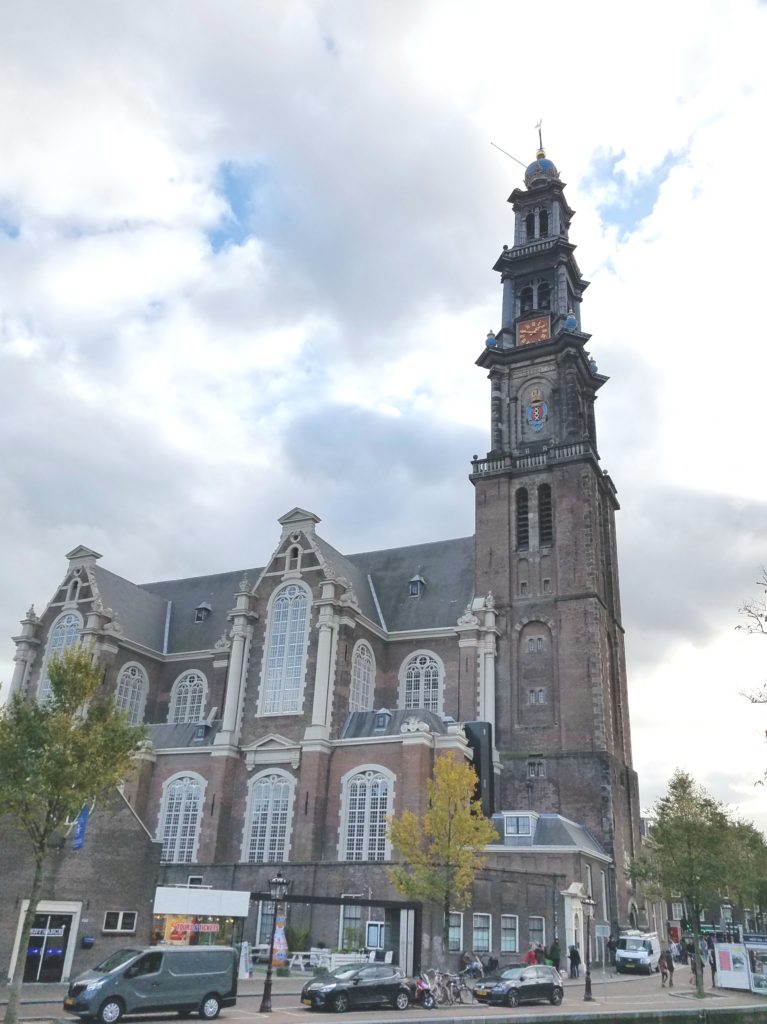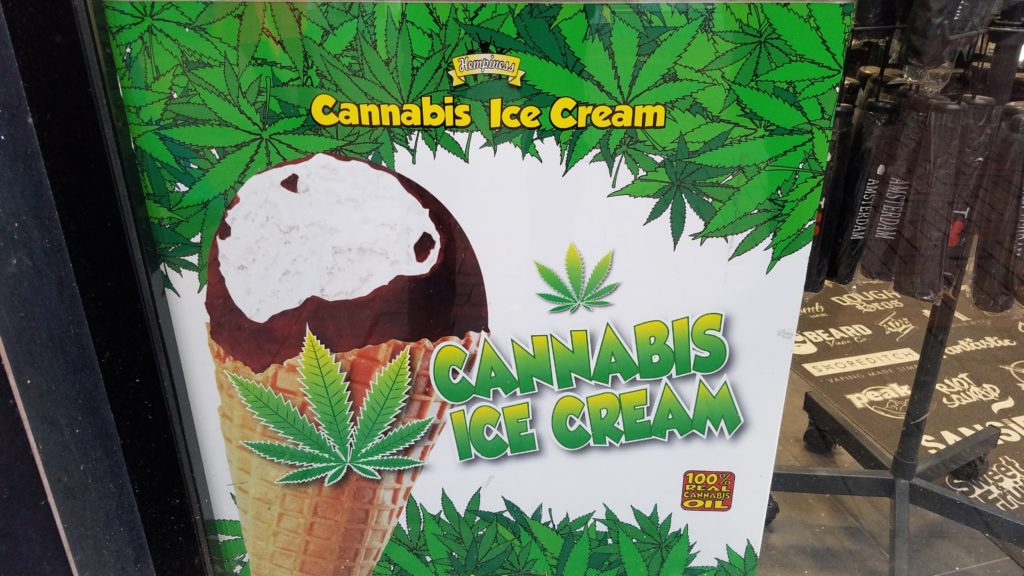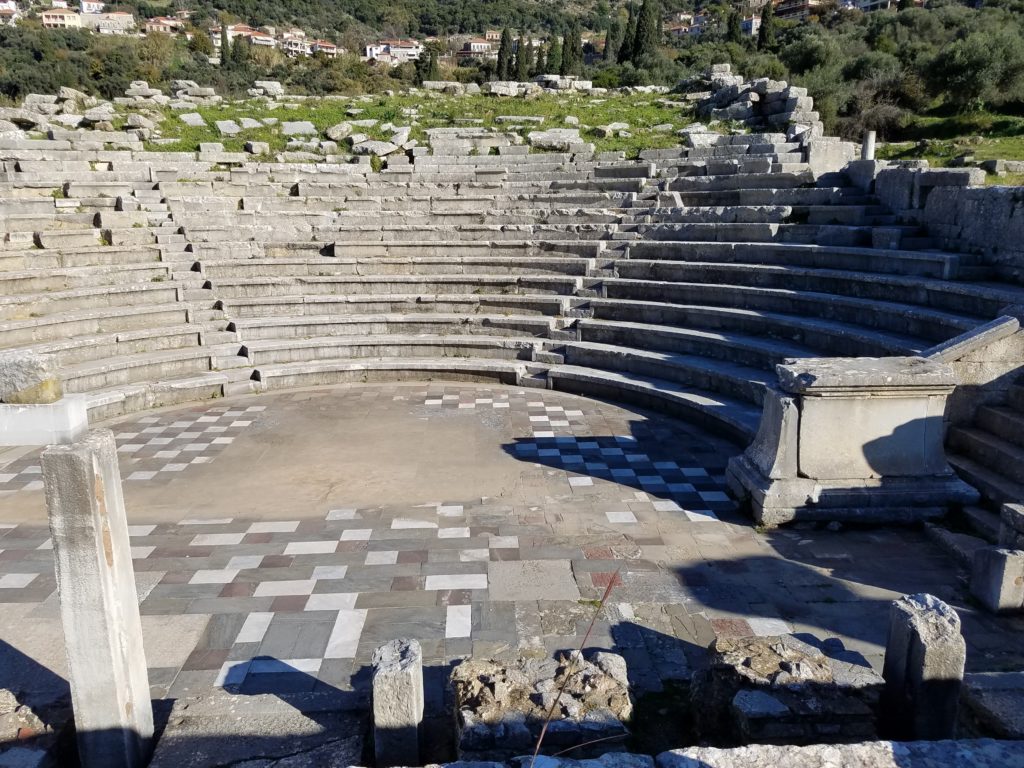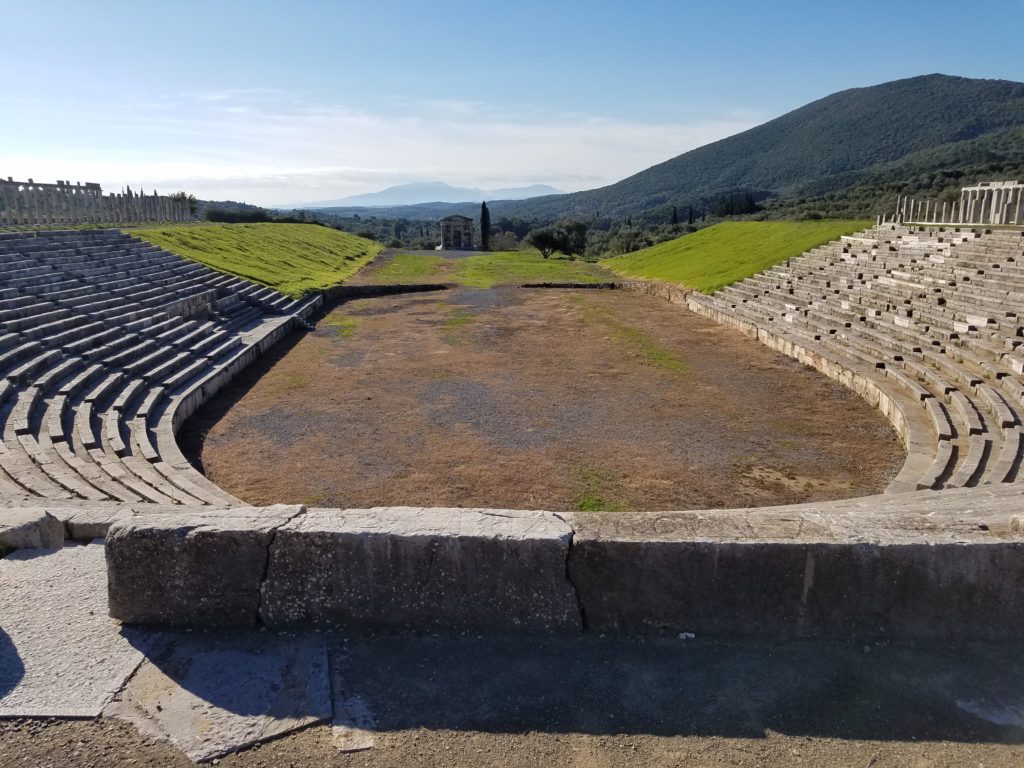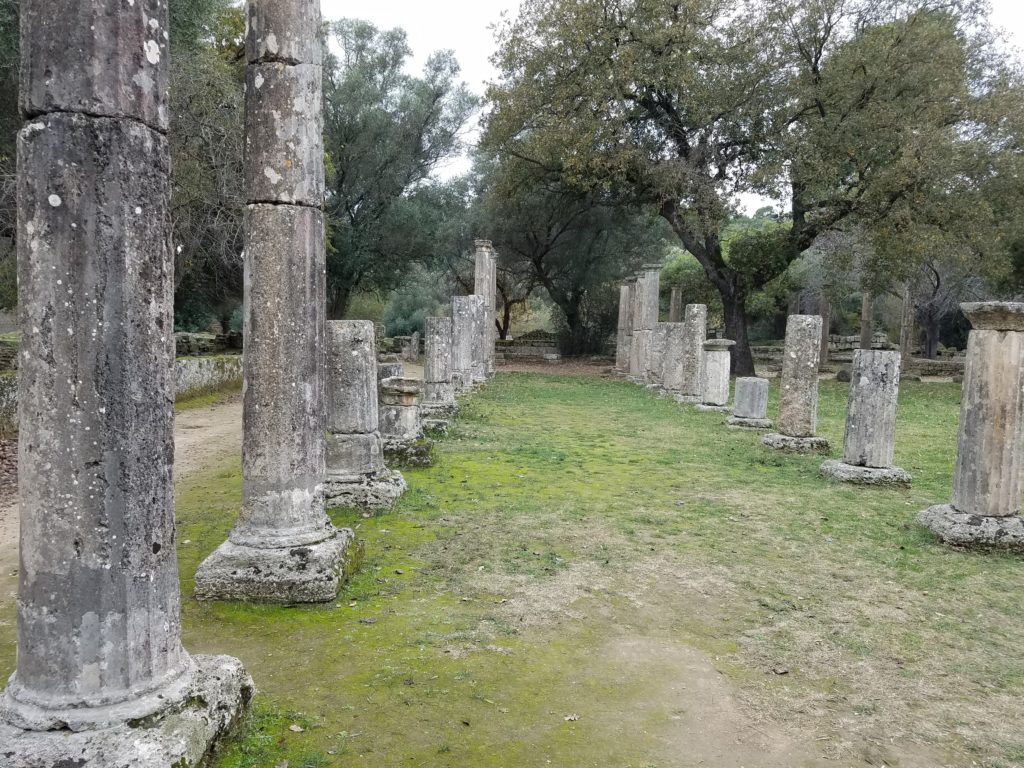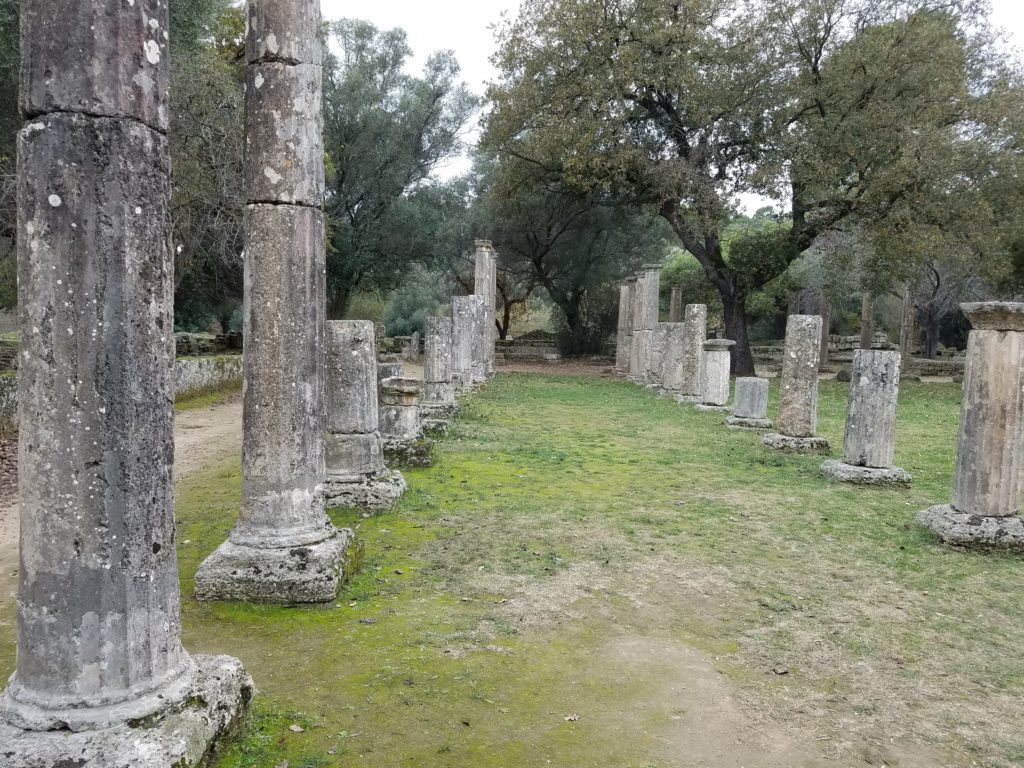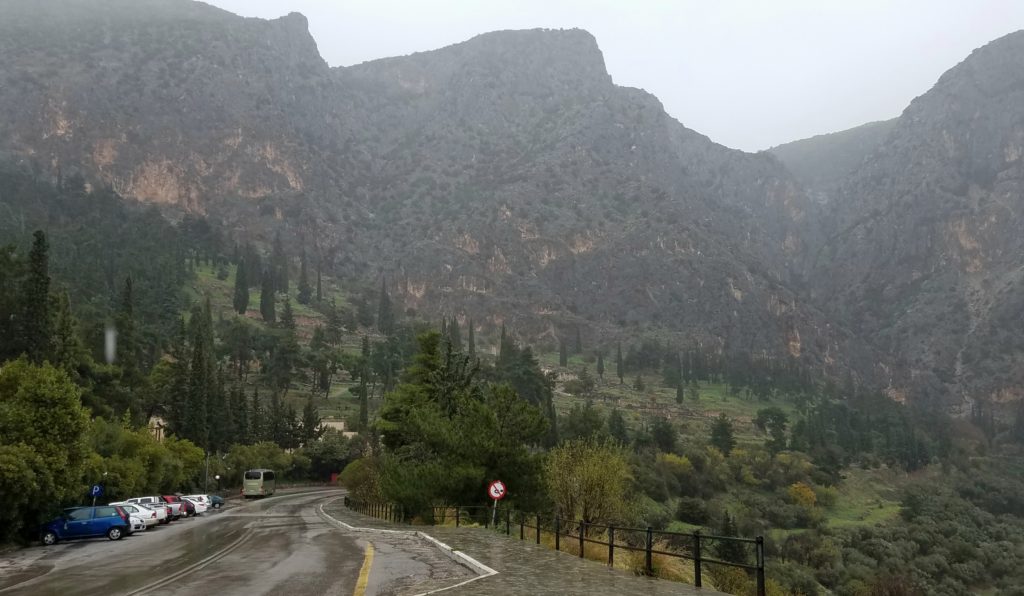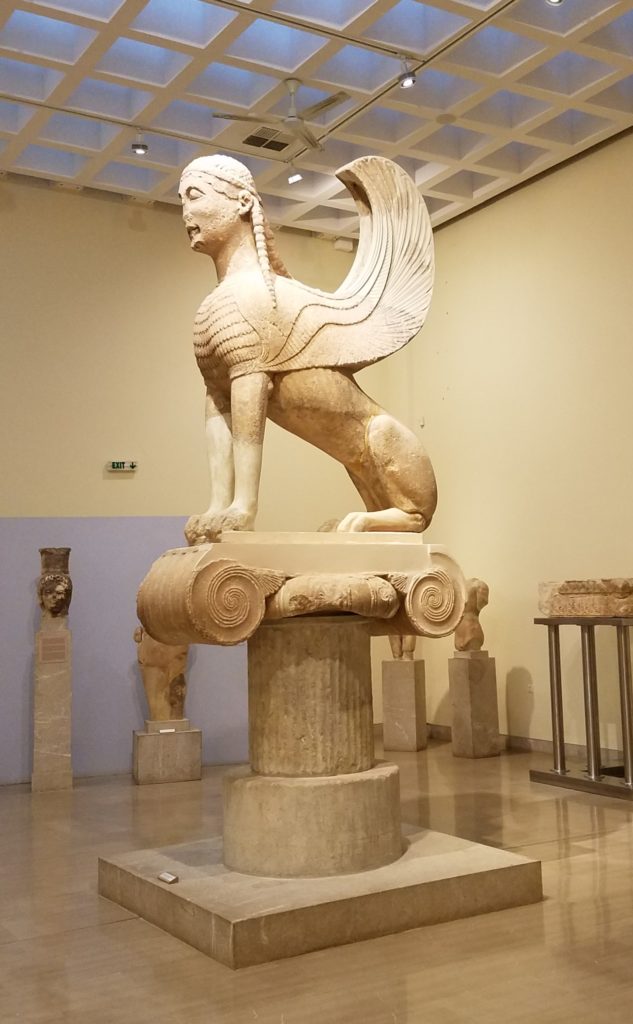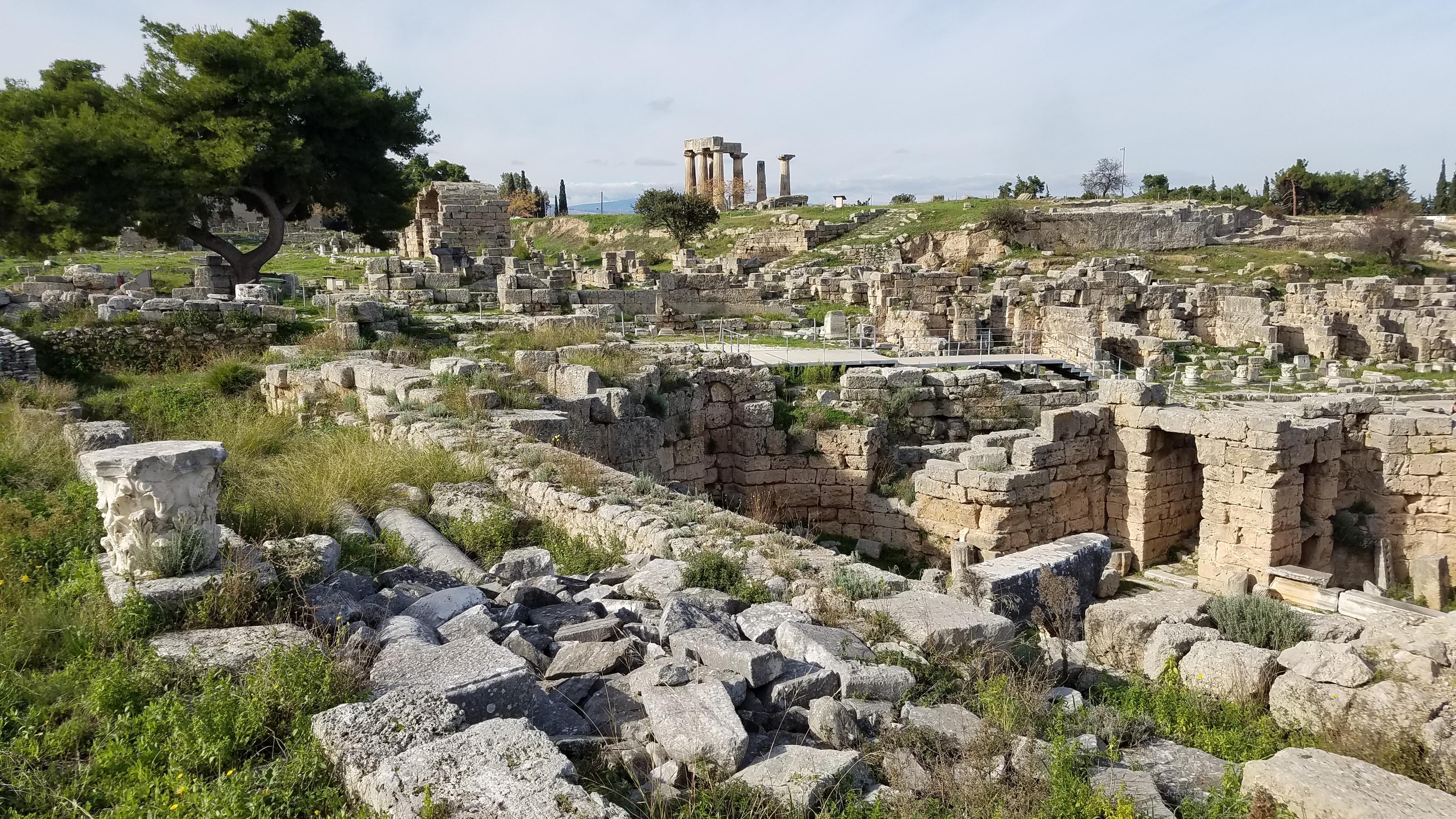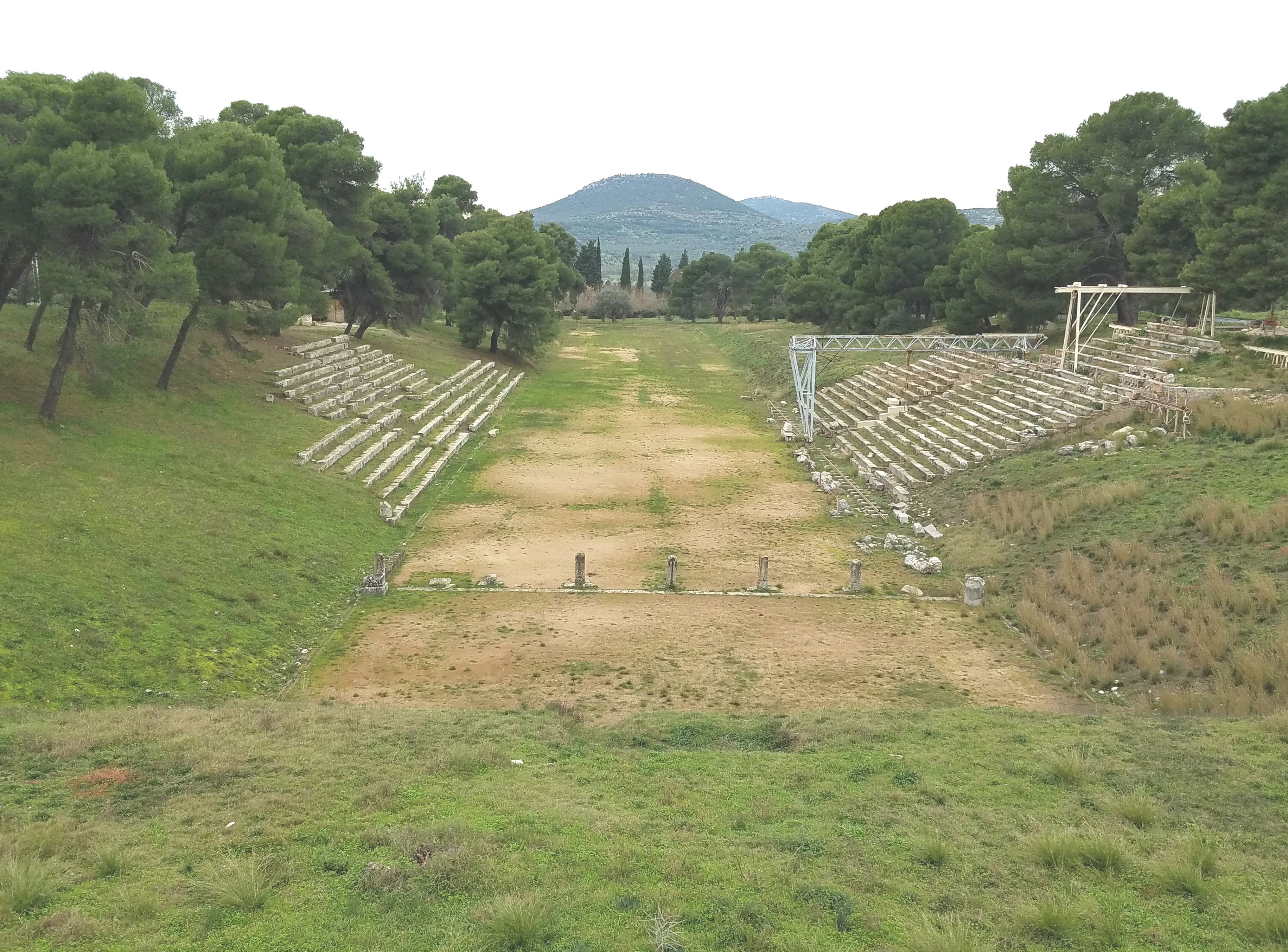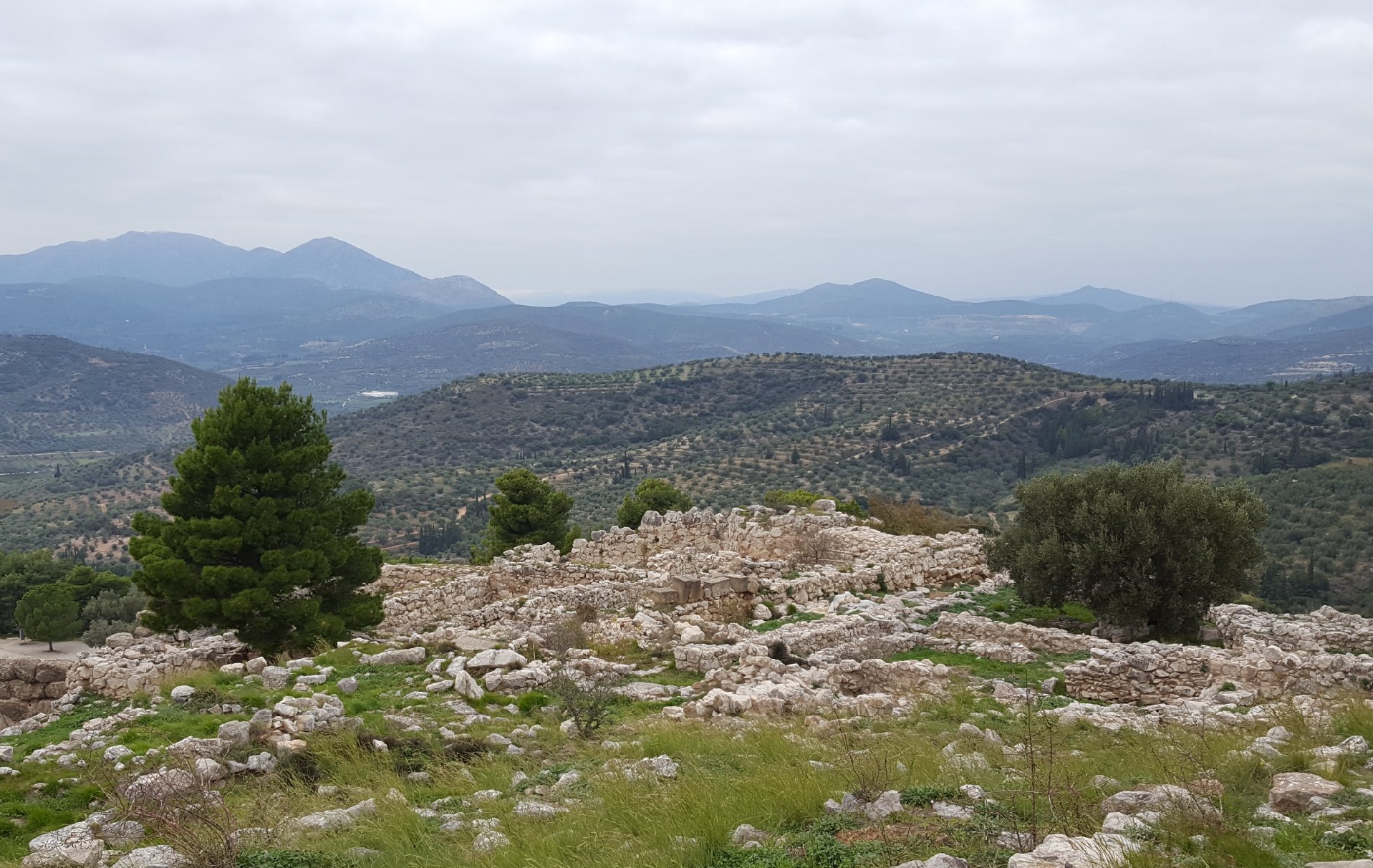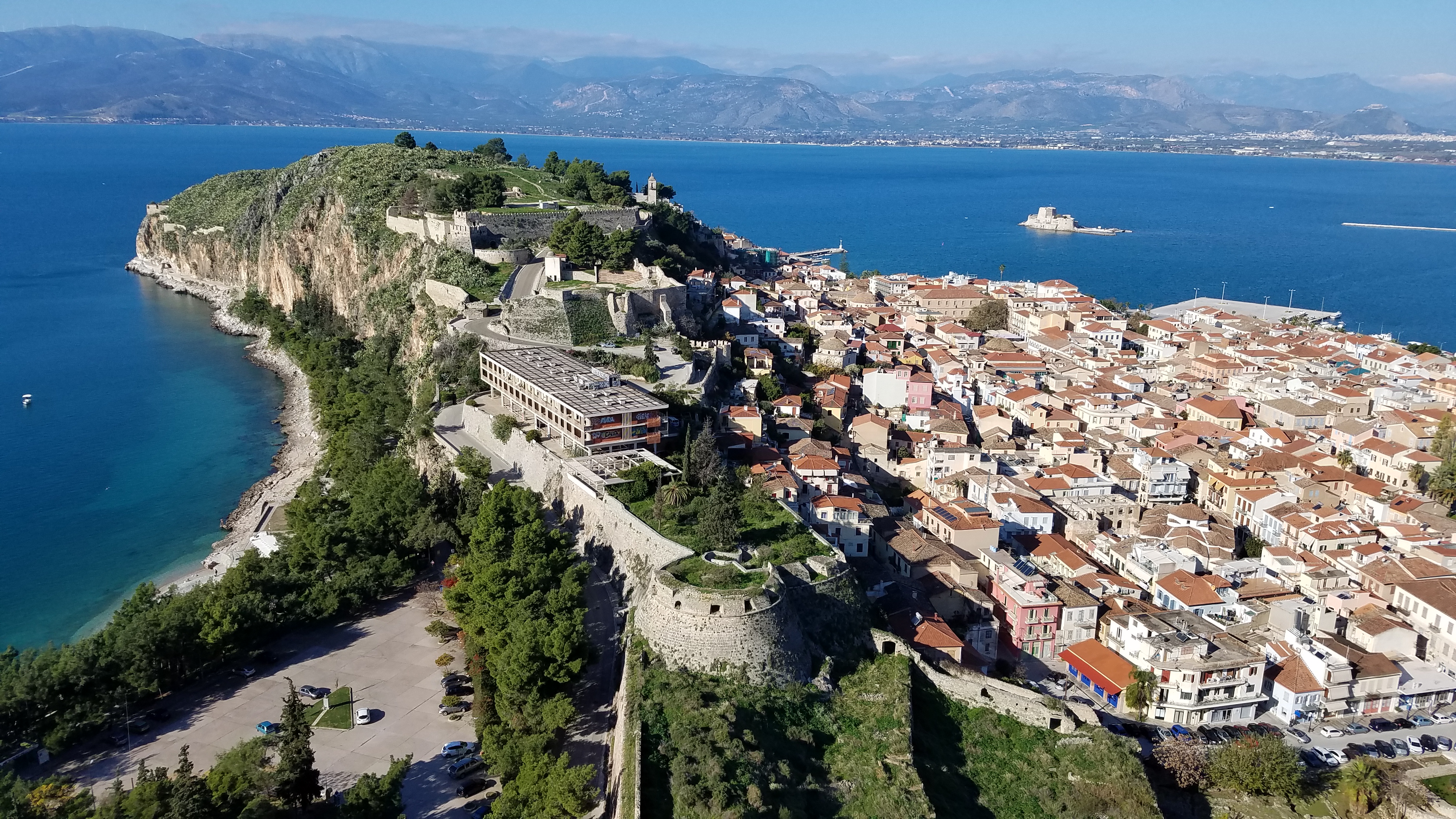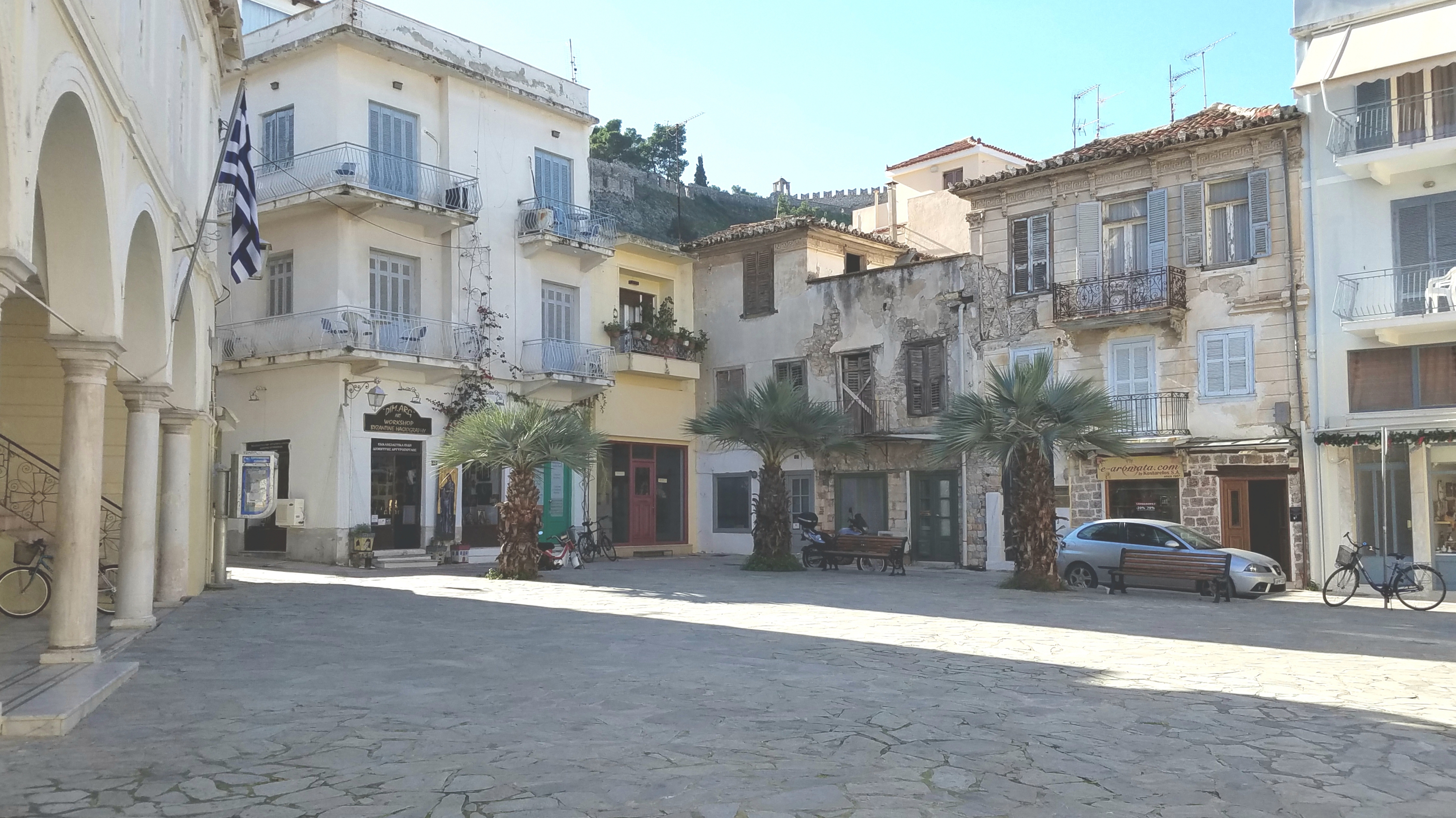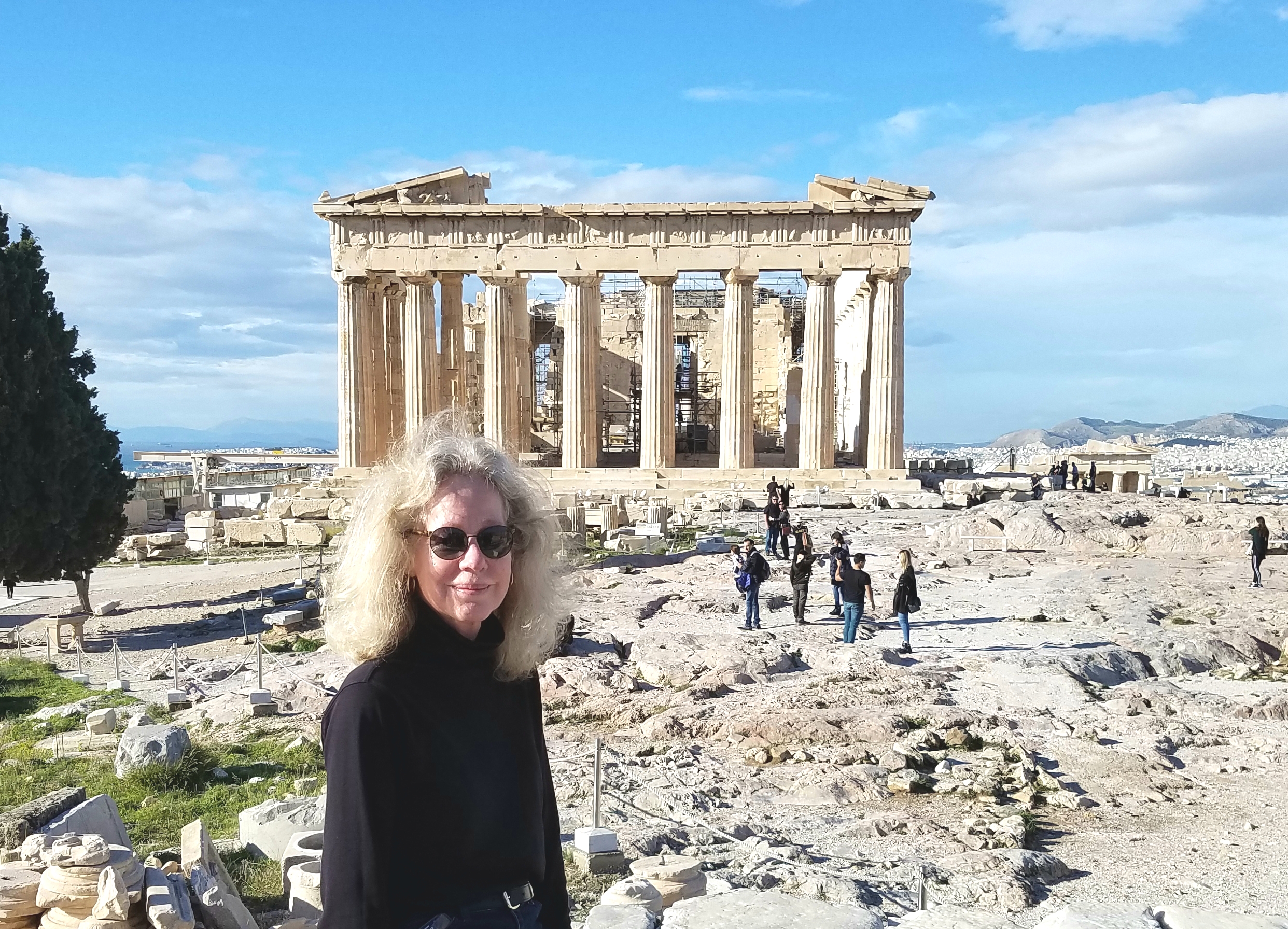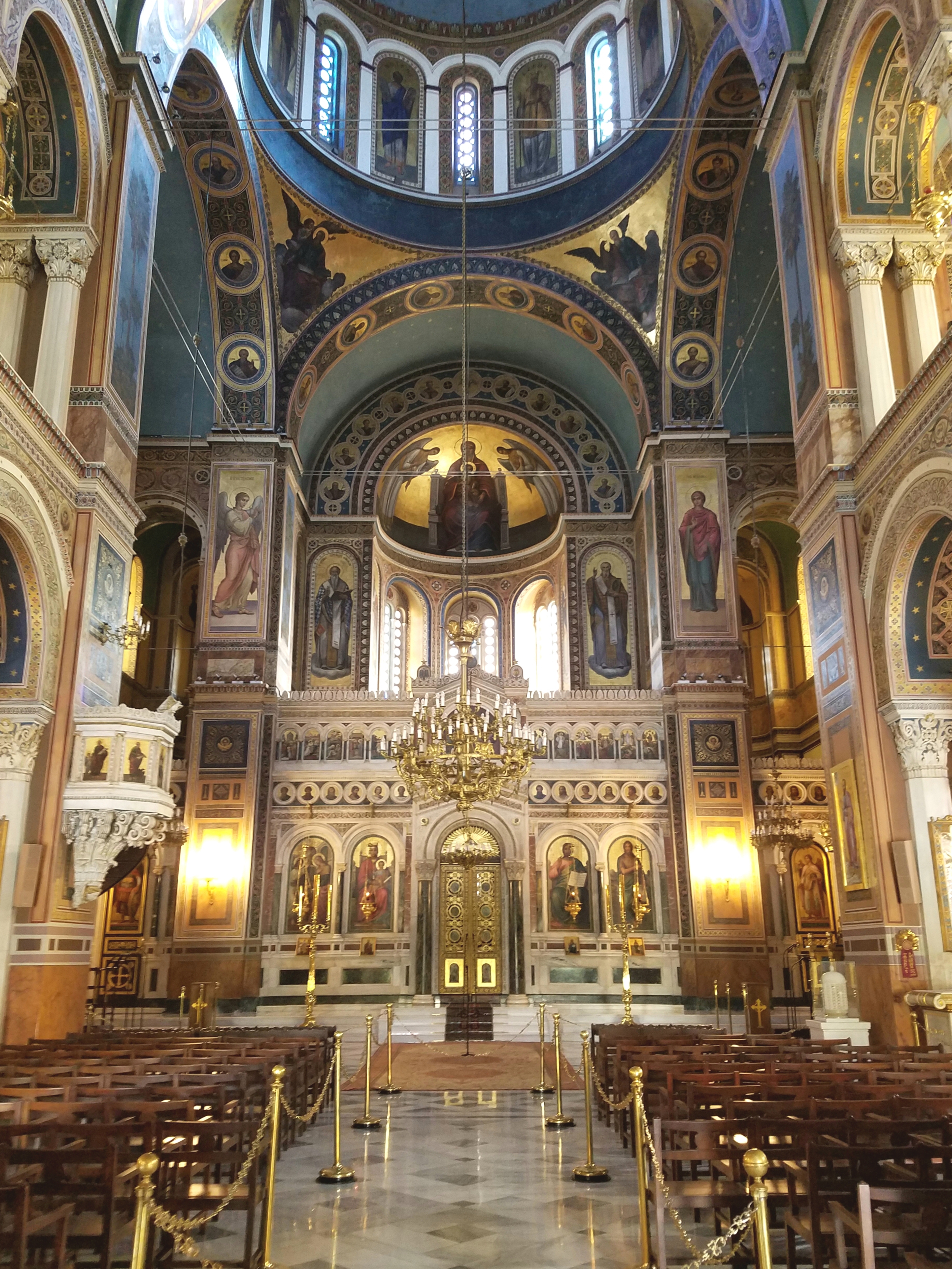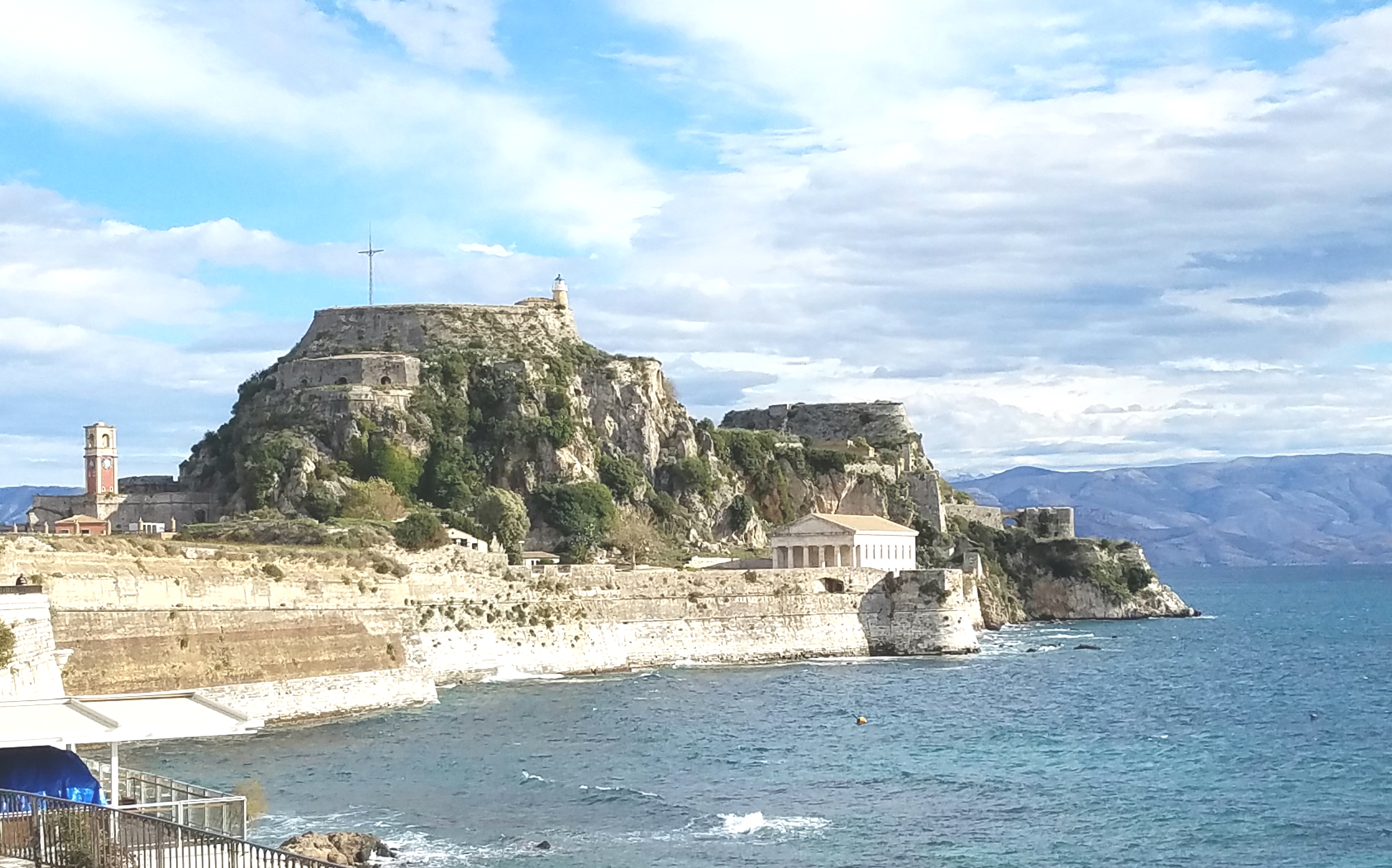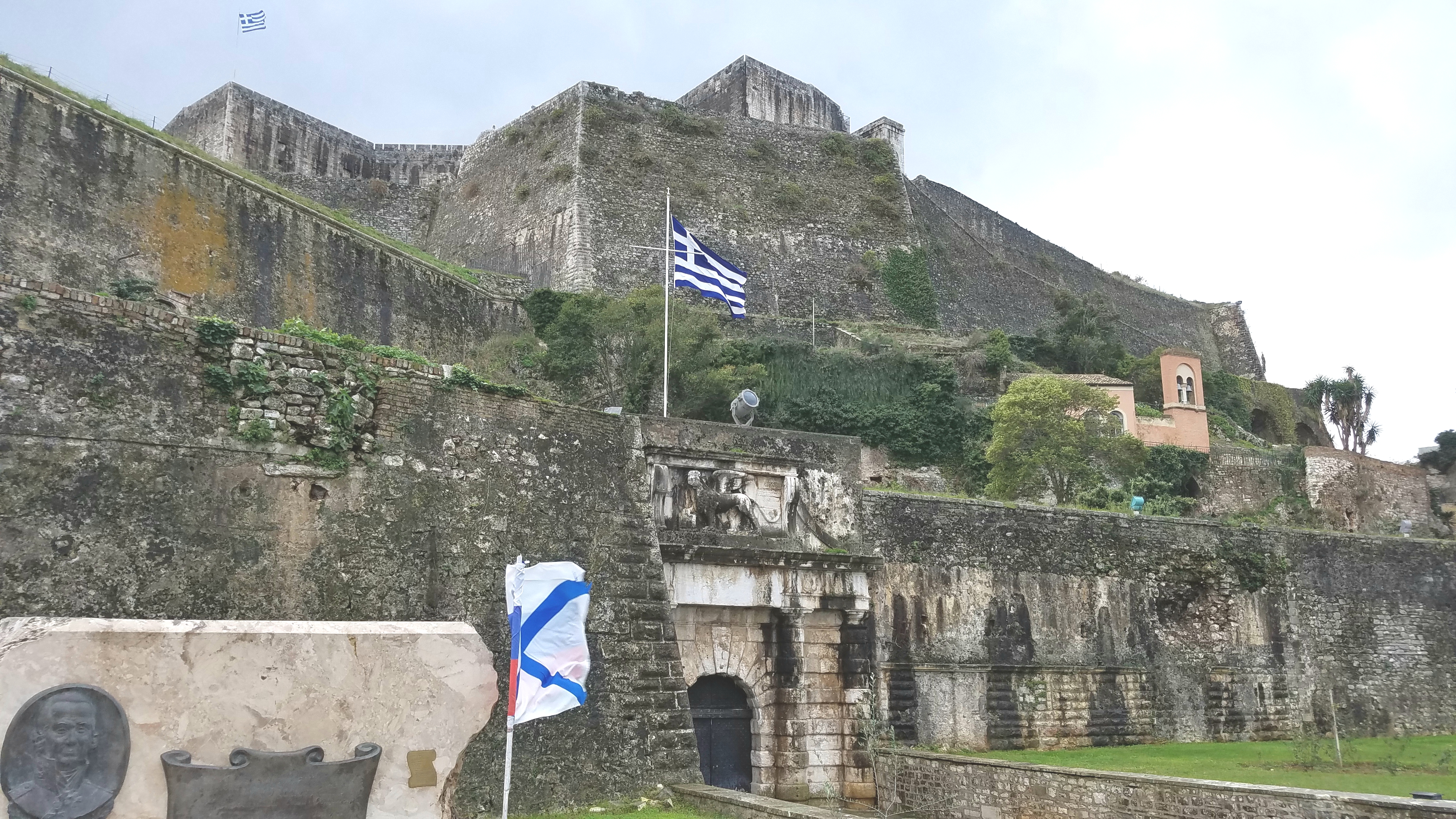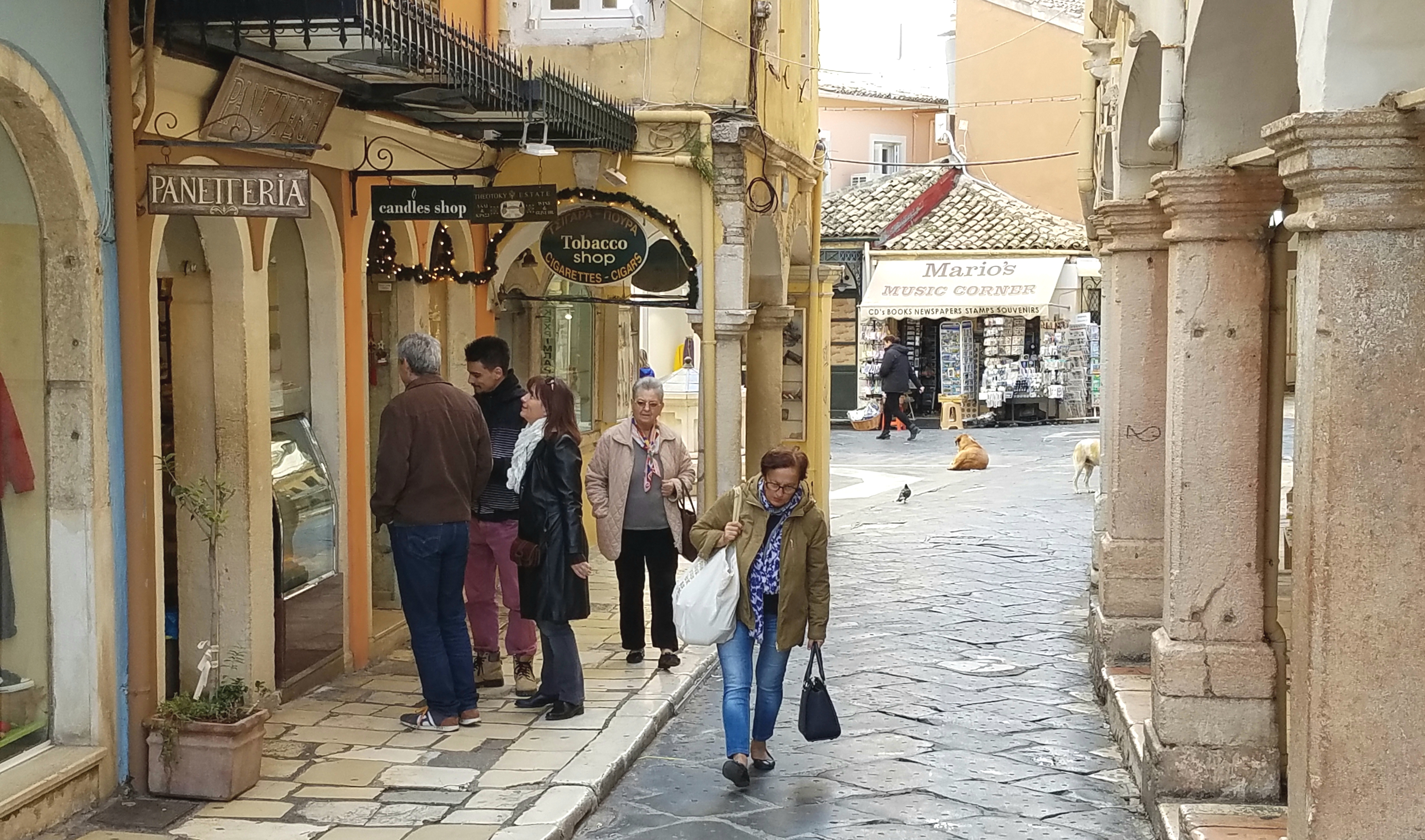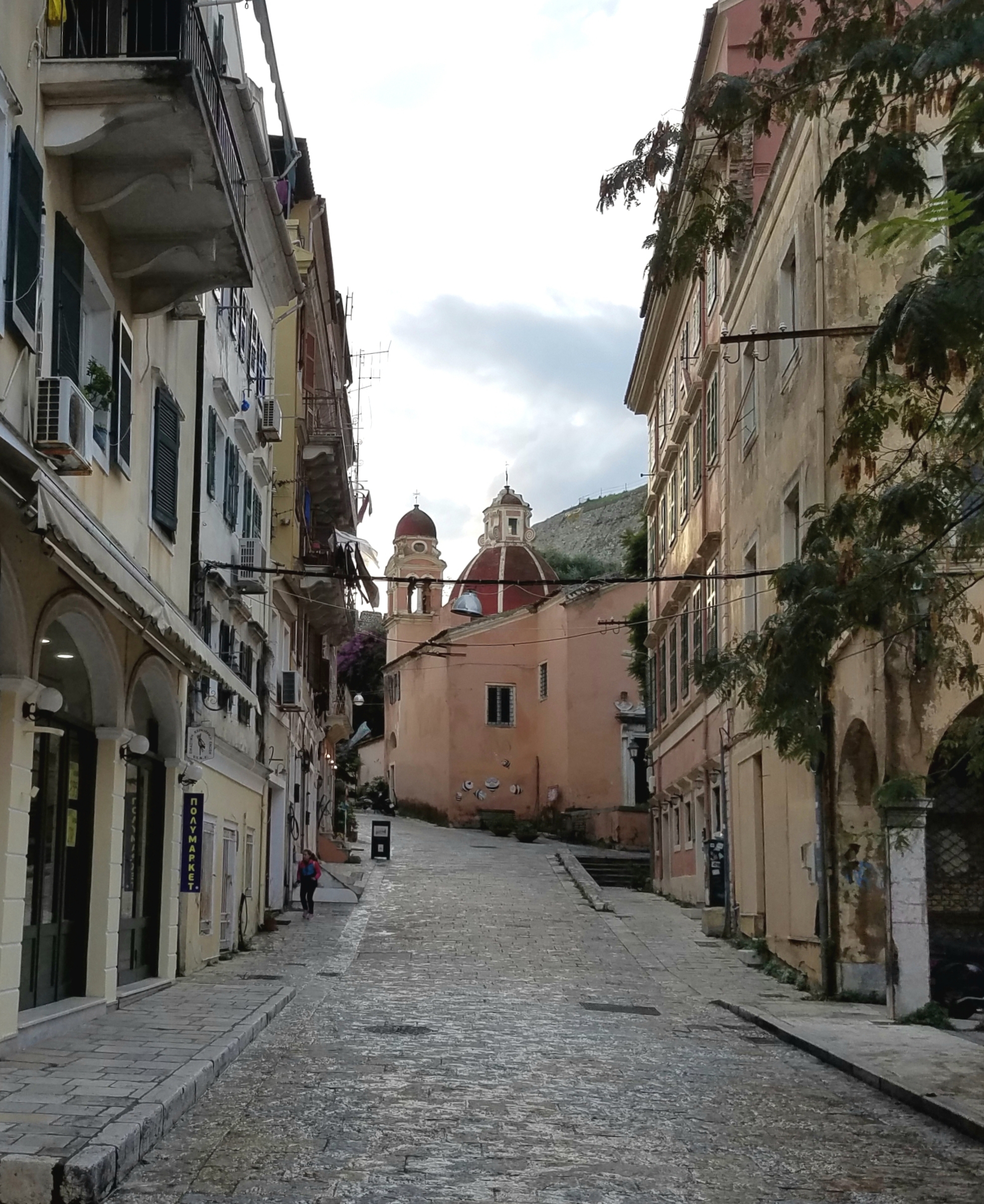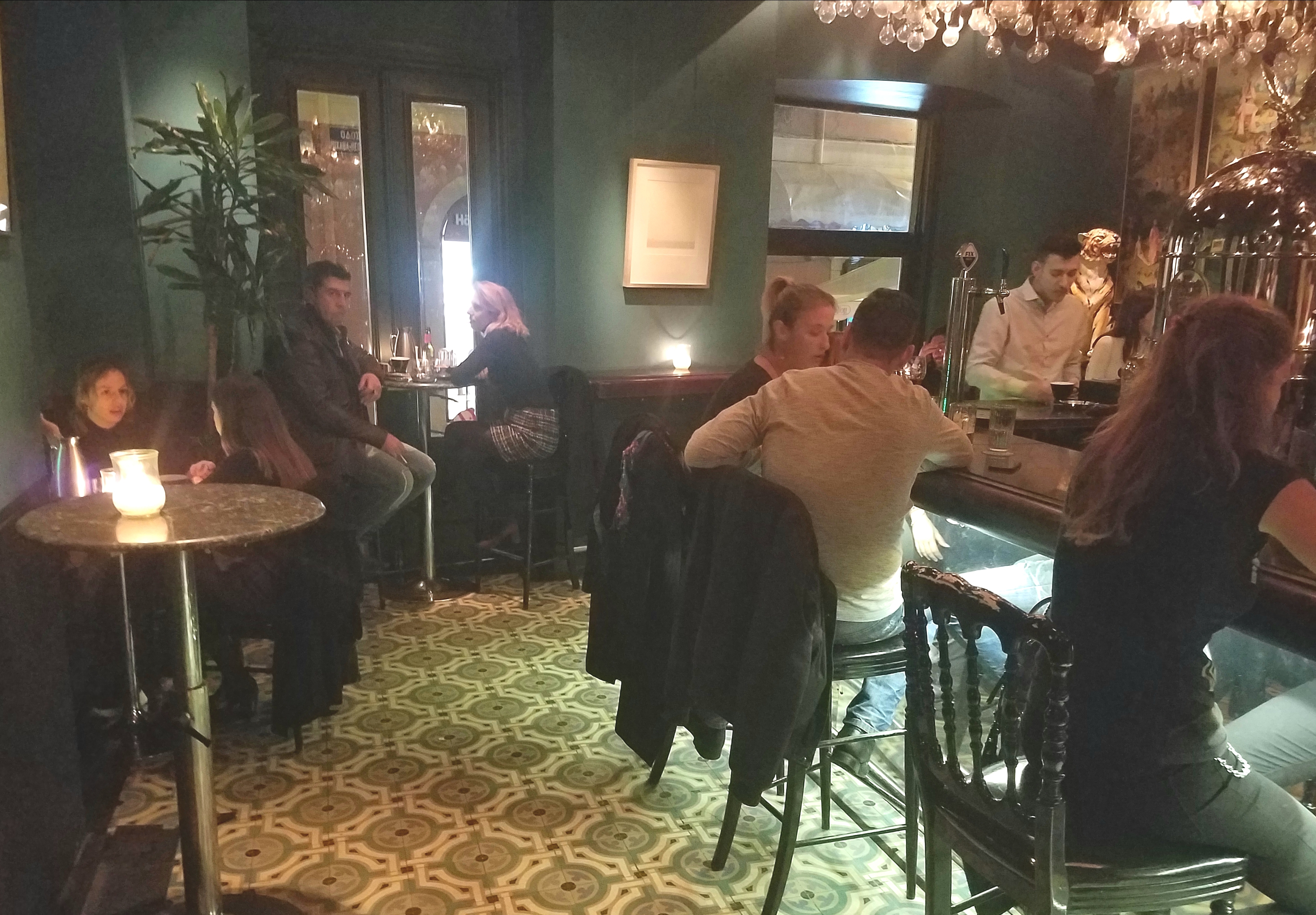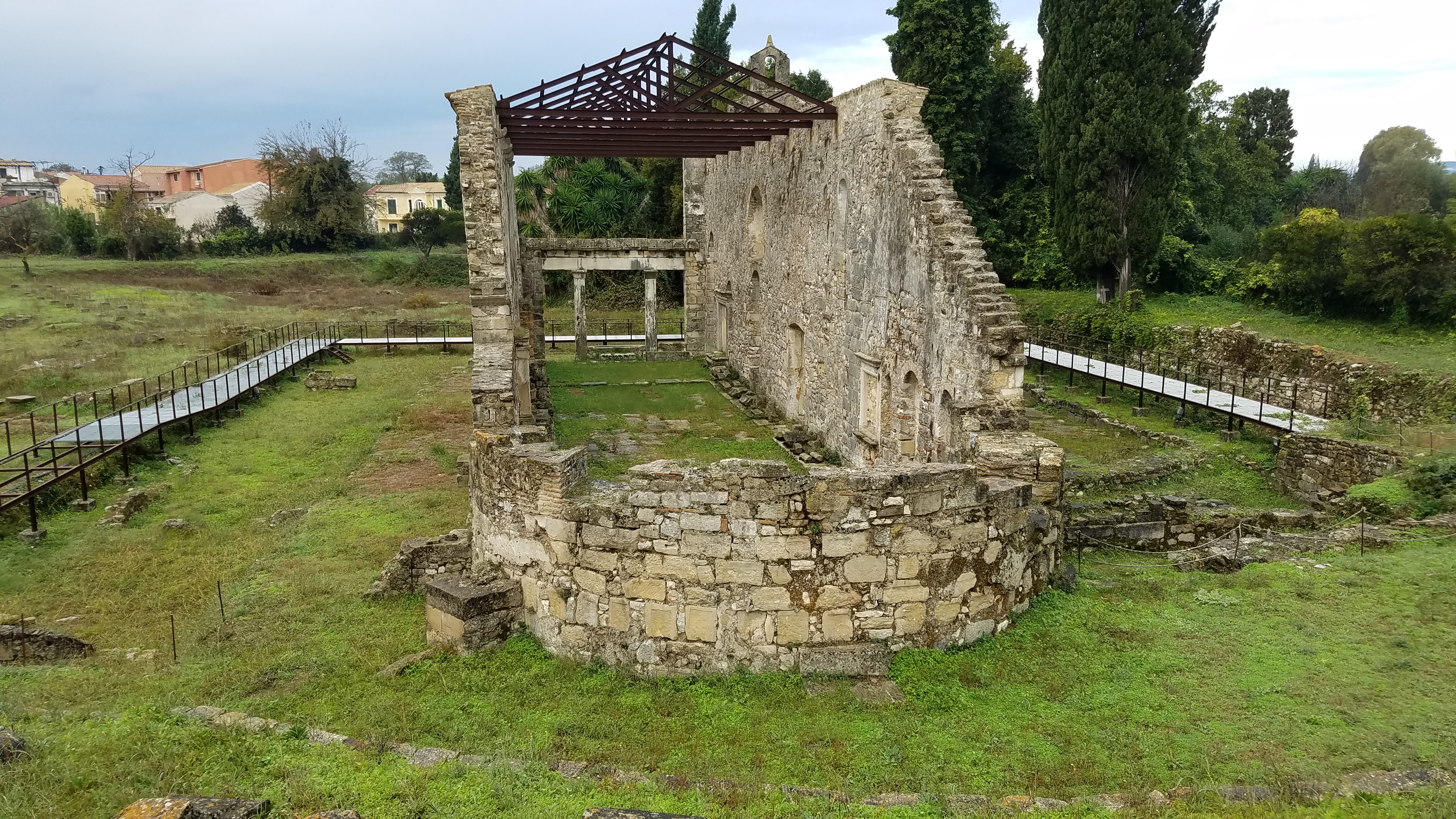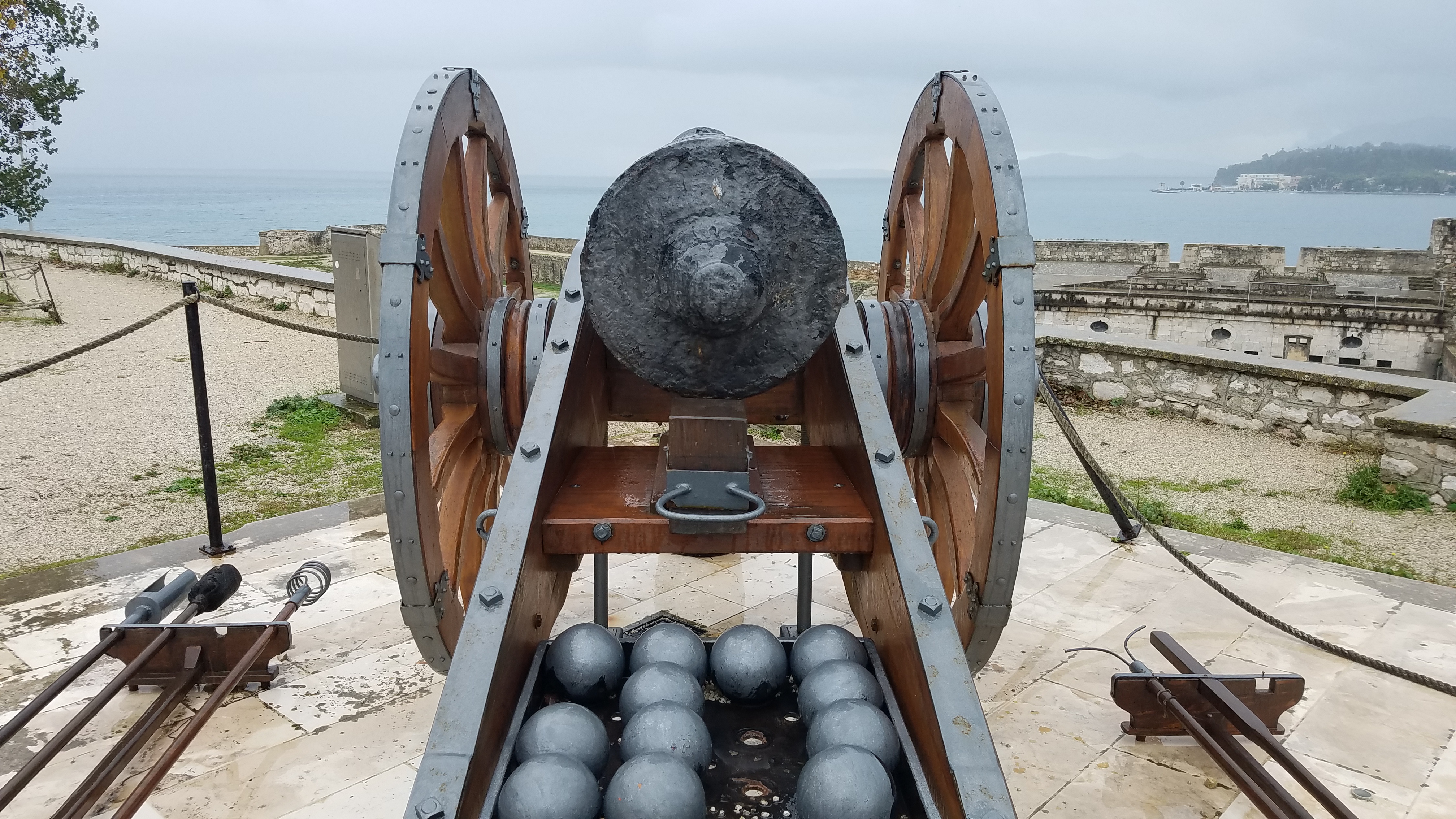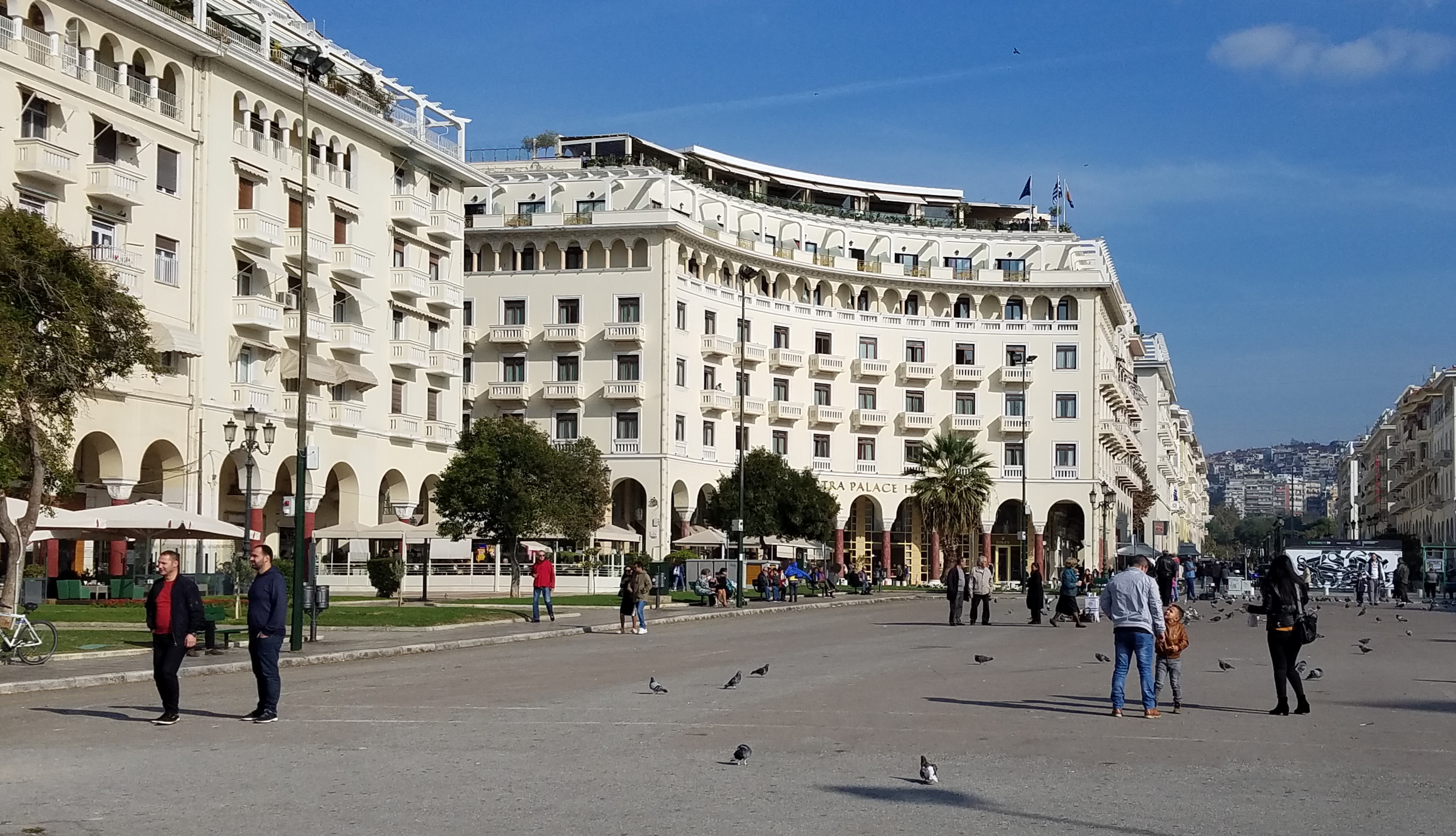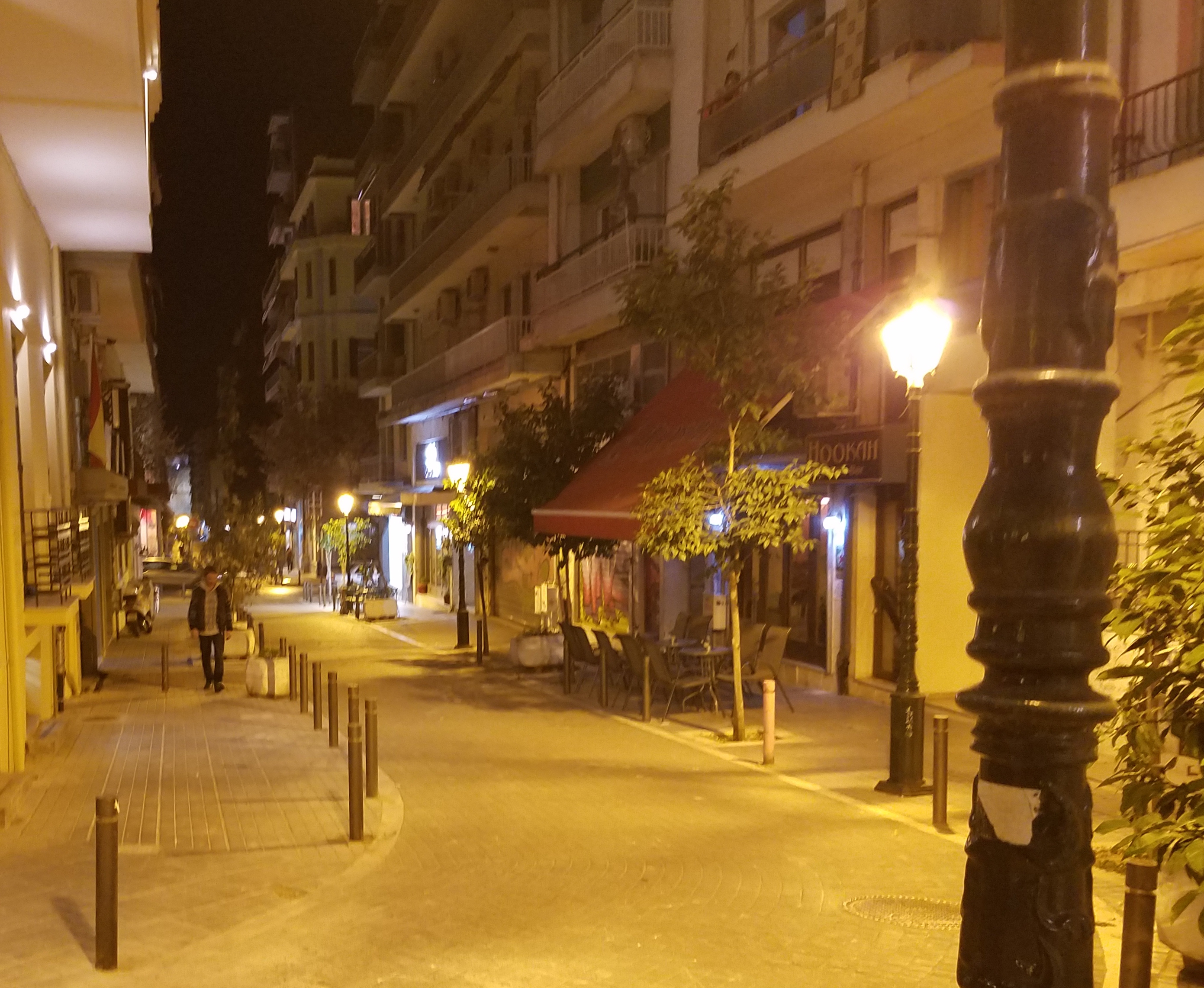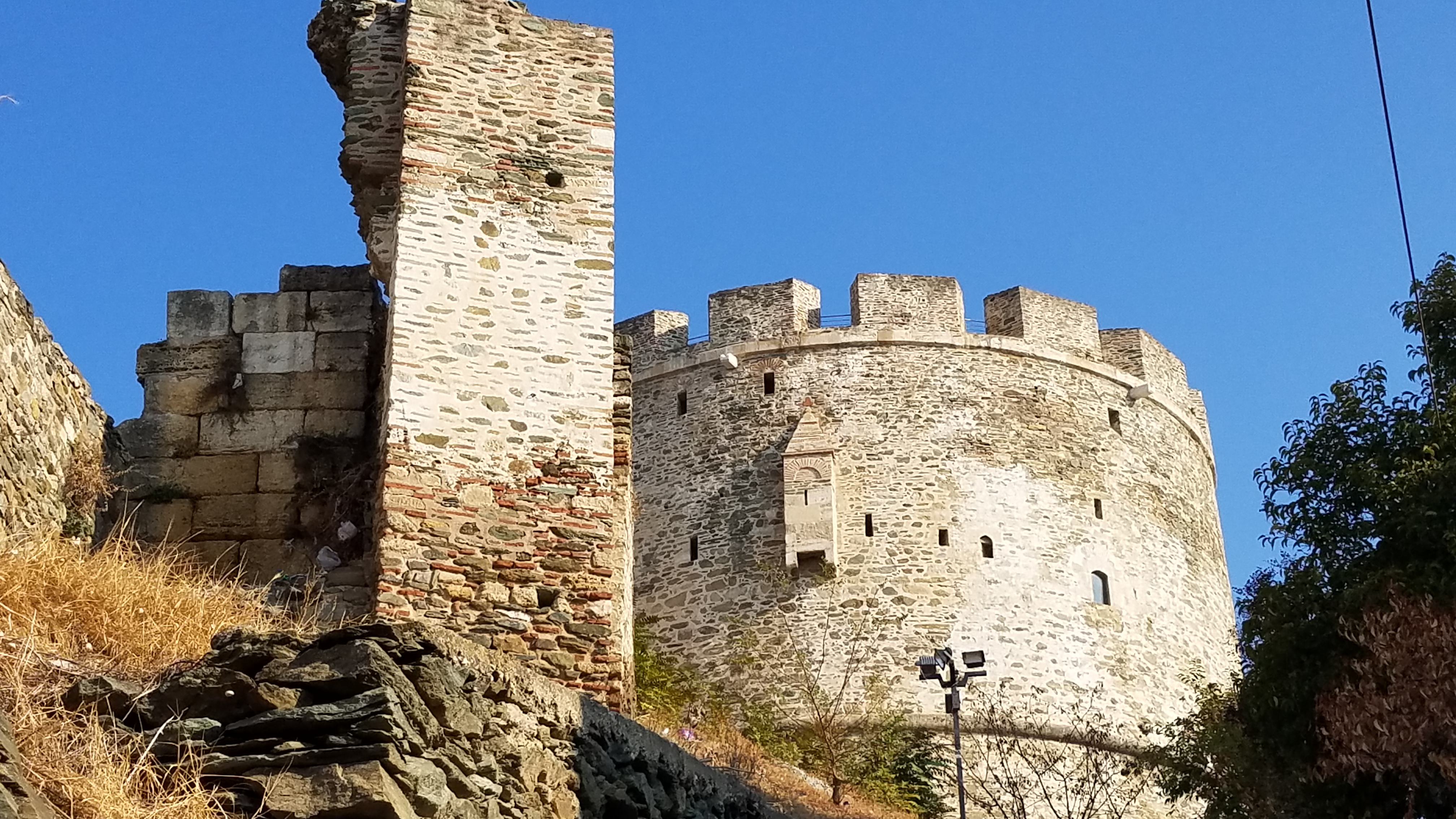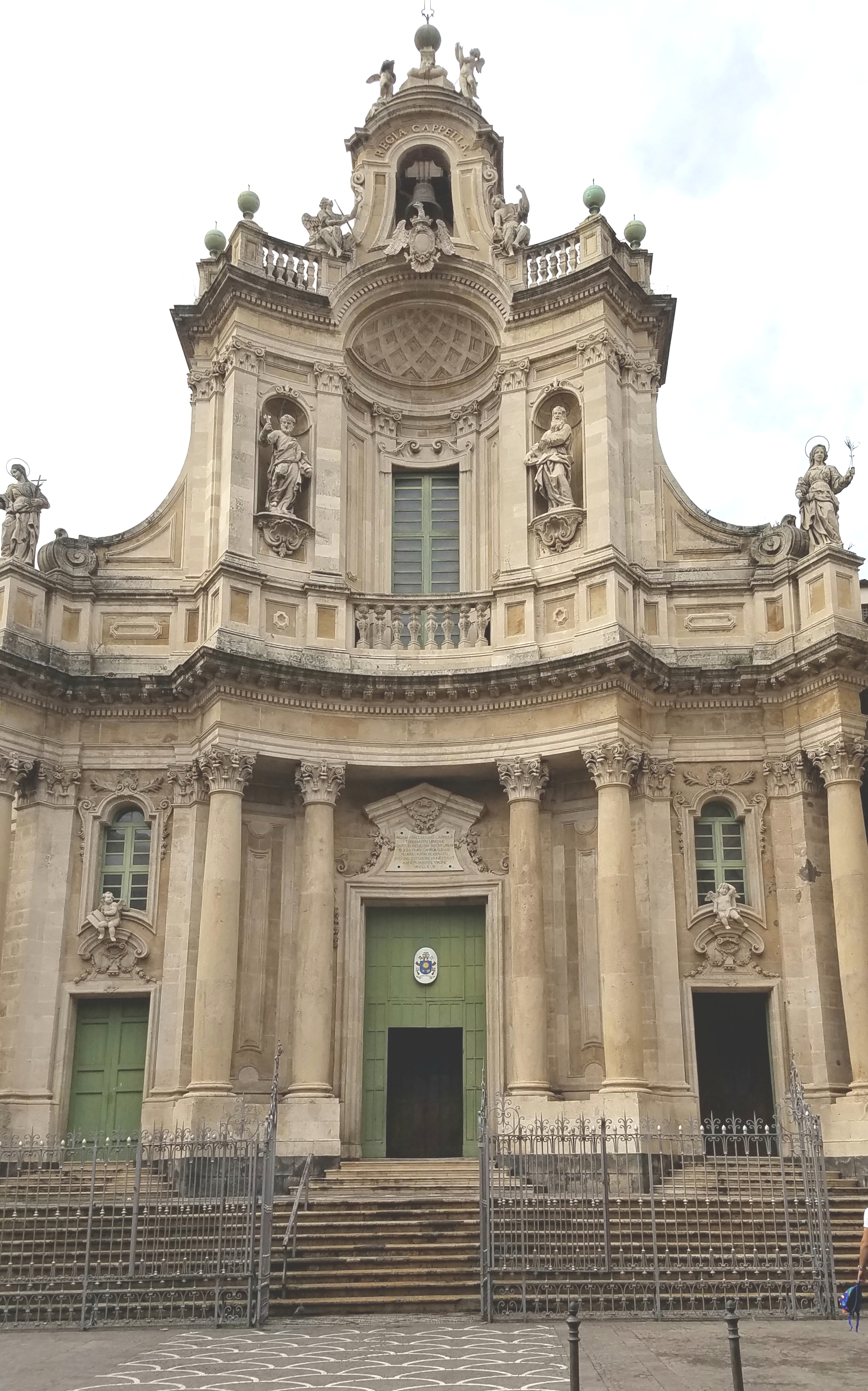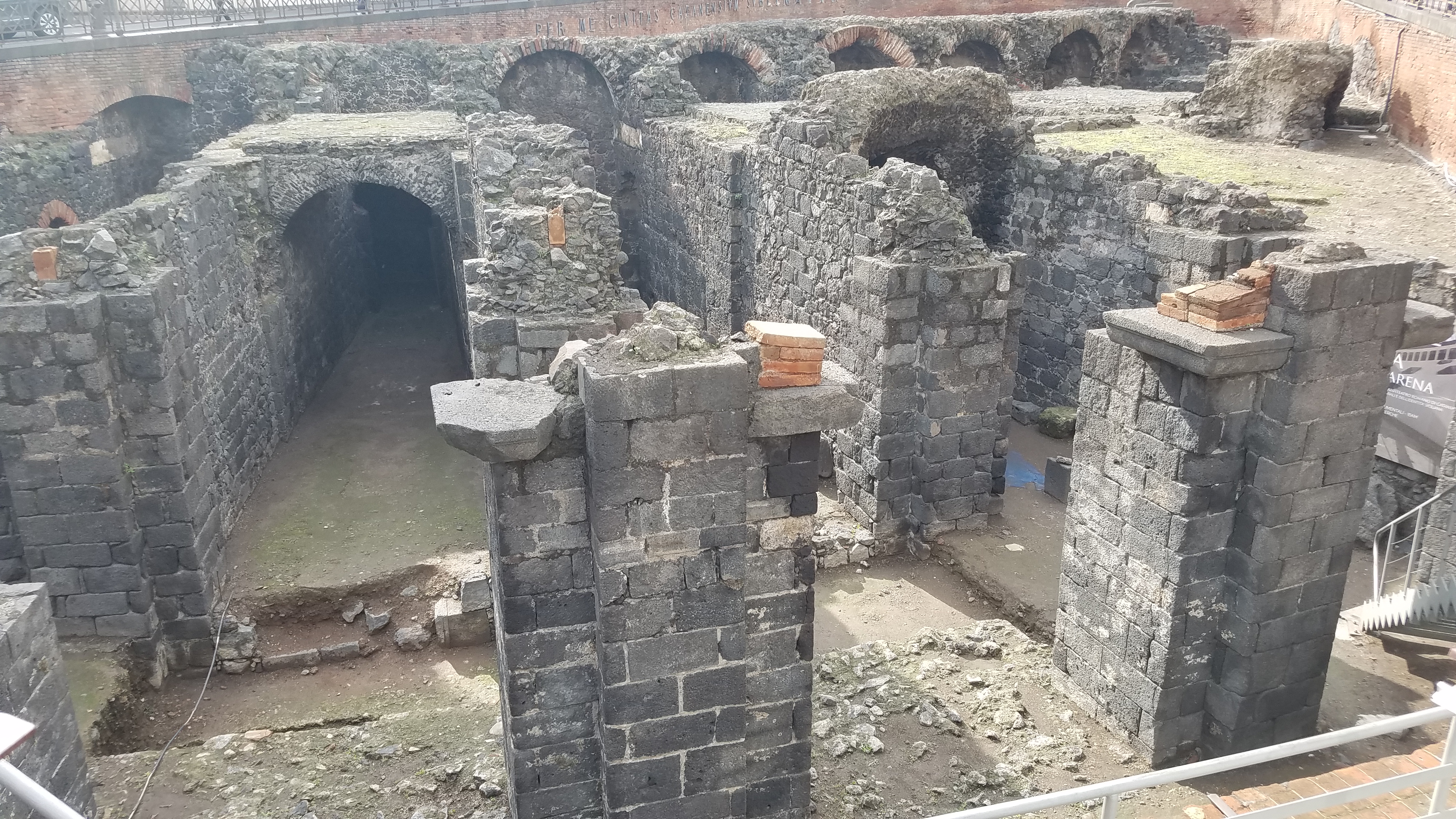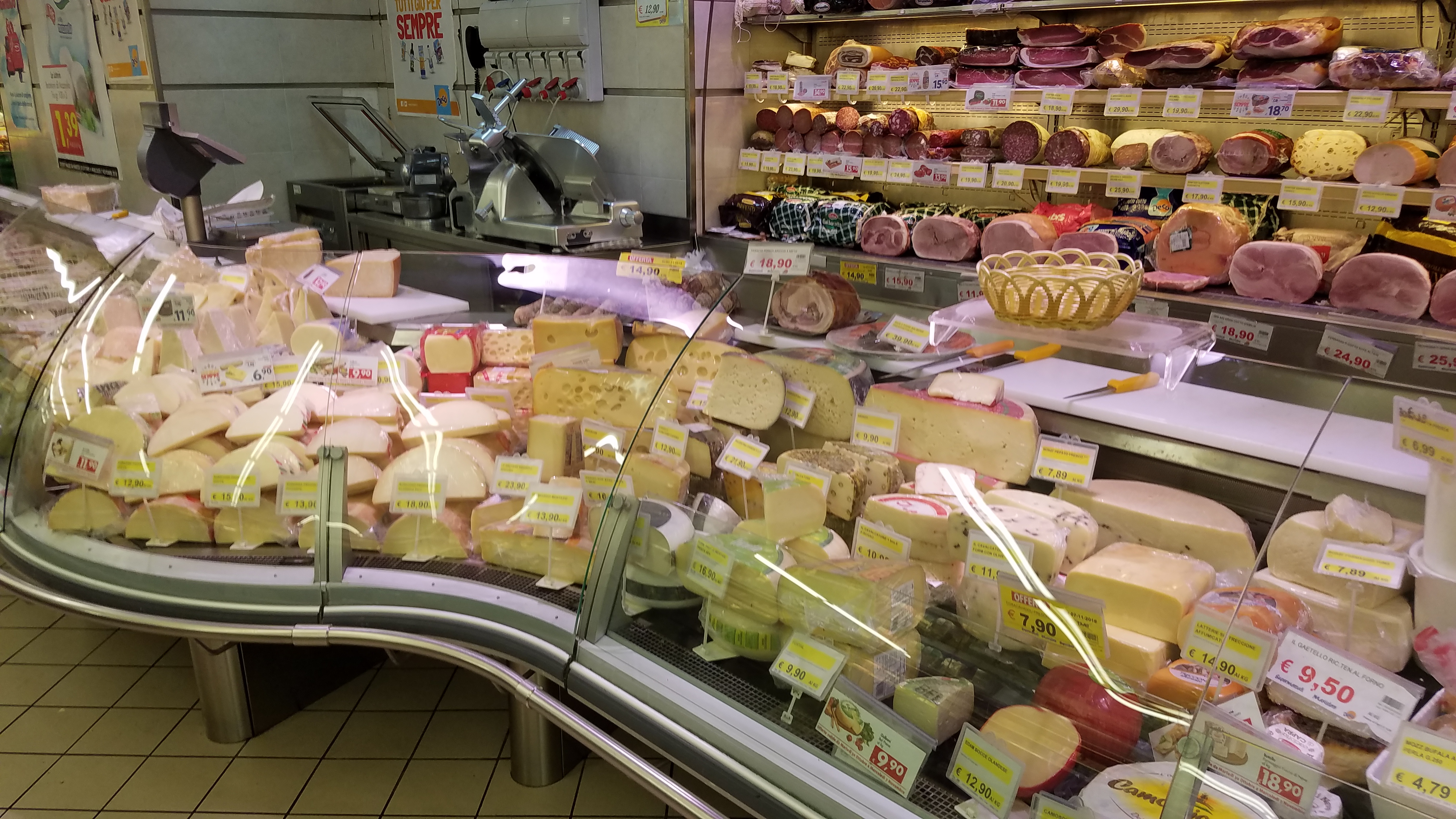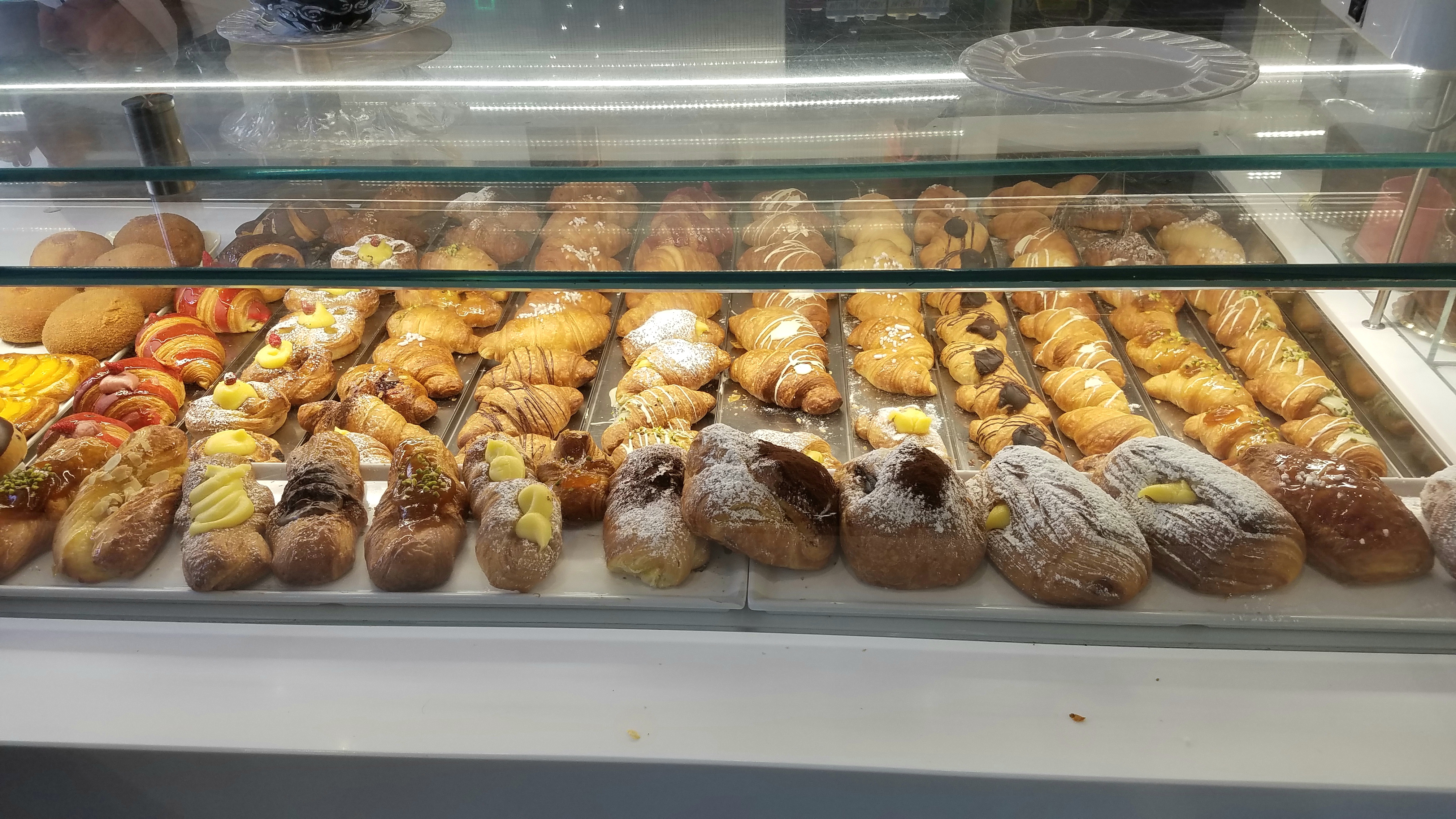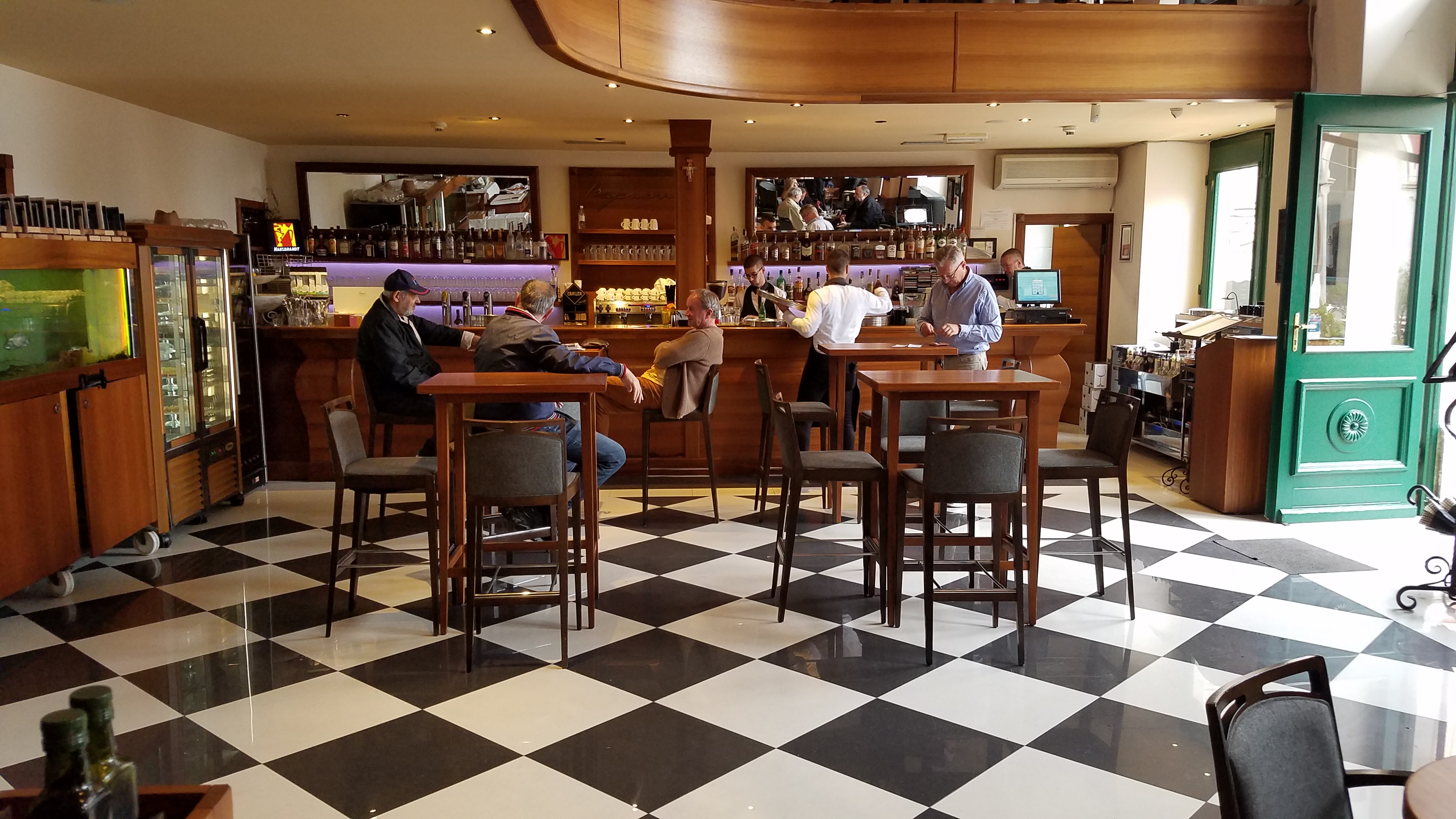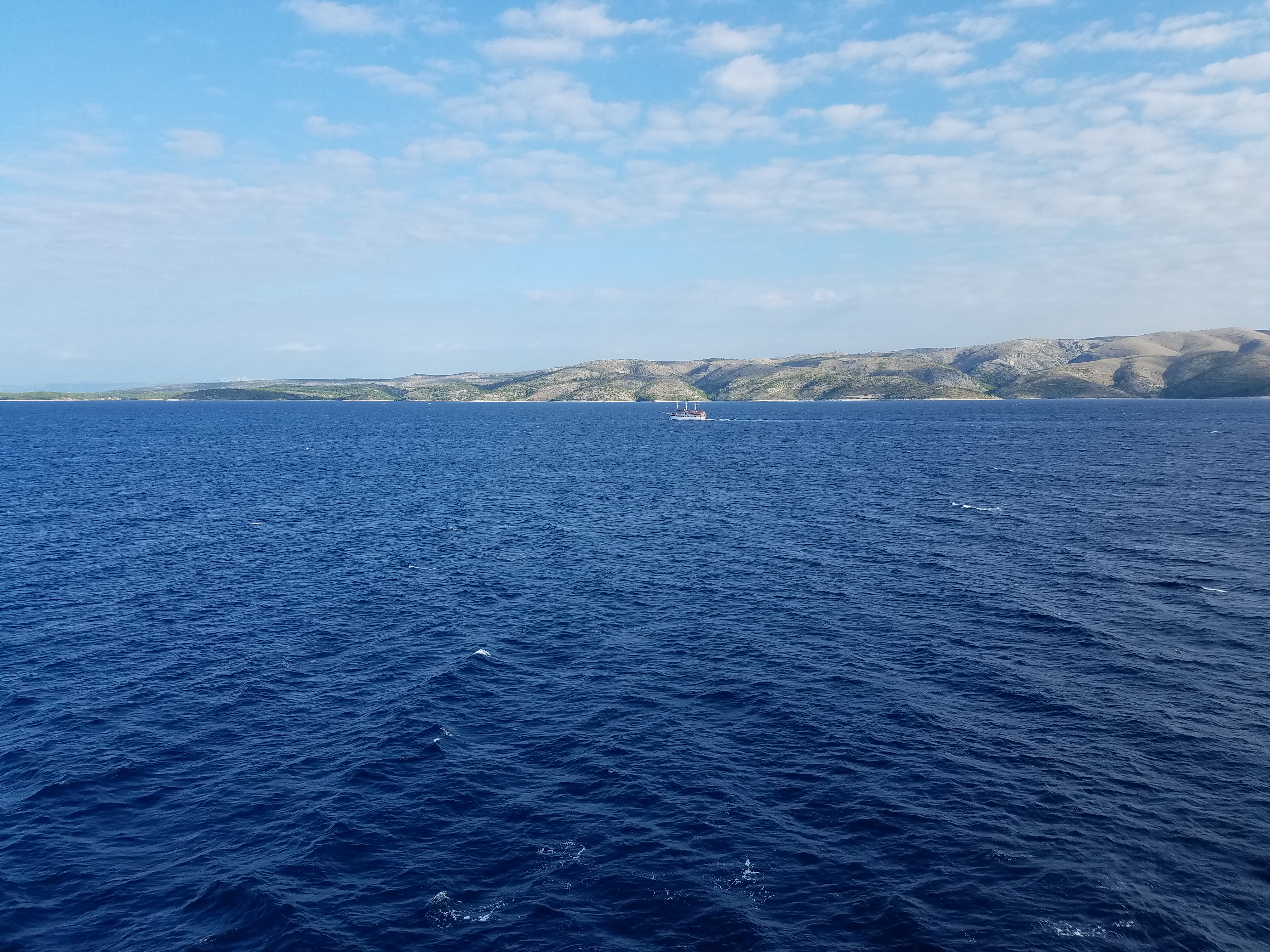There are probably several posts in here about London, since we come here often. Like this one:
A few things about London
But I love this city and am happy to ramble away once again about why I personally like visiting here.

There was nothing at the site of London before the Romans came. They chose the site because it was far enough up the river to be warned about any raid from Germanic pirates, but navigable to the sea. And here they could bridge the river. Two hills to the north gave some protection and the Fleet River which ran perpendicular into the Thames to the west provided additional protection.
The Romans began to export the rough commodities available like timber, hides, etc. And wool. Eventually British wool garments came to be considered the finest available in the Empire.
But the real prize they came after was Tin. There was a fair amount of Iron around Europe by then, but the economy of the Roman empire stood on Bronze. And to make Bronze you add Tin to Copper. But there is/was surprisingly little Tin around the Mediterranean. The Etruscans had depleted their mines even before the Roman era.
The British island has a wealth of metals, including lots of Tin, which became a major export.
In London today, history from the Roman times exists here side by side with the modern.


Downtown, in more or less the area of the original Roman square mile around 400,000 people work in the leading financial center of the world.

There are more American banks than in New York and more Japanese banks than in Tokyo. Don’t try the underground when they all evacuate at 6PM.
London has endless attractions for visitors. Royalty and historical places, theater, great museums of every kind plus ever new special exhibitions,.
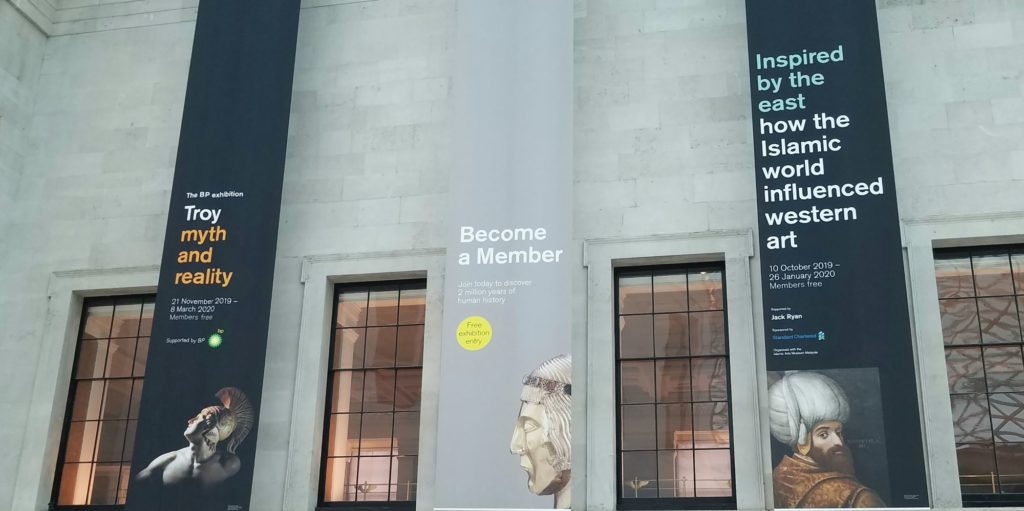


and all the shopping and restaurants possible.

We like to stay between Grosvenor square and Hyde Park.

It is an easy walk through the park down to the Science Museum .. see the only existing unmodified Newcomen engine, a Babbage difference machine, and on and on.

And to the Natural History Museum..

and the incomparable Victoria and Albert Museum.


We like to walk along Oxford street and over to the British Museum. There is only one word for this museum: unbelievable. Certainly the best museum in the world. Here are some notes I took a few years ago.
This time I only took one picture. News articles. One tells about the death of Alexander the great in 323BC. Another the passage of Hailey’s comet in 164BC.

And I have not mentioned the art museums.
We like the London theater and always see a few plays when we visit.
And when it rains there are plenty of historic buildings to pop into .. such as visiting St. Paul’s Cathedral.



This is an easy city for a visitor to get around. Walking, underground, taxis.
It is almost 50 years since I lived here and I still love it. If you are thinking of visiting and want to talk about plans, give me a note here or email.










